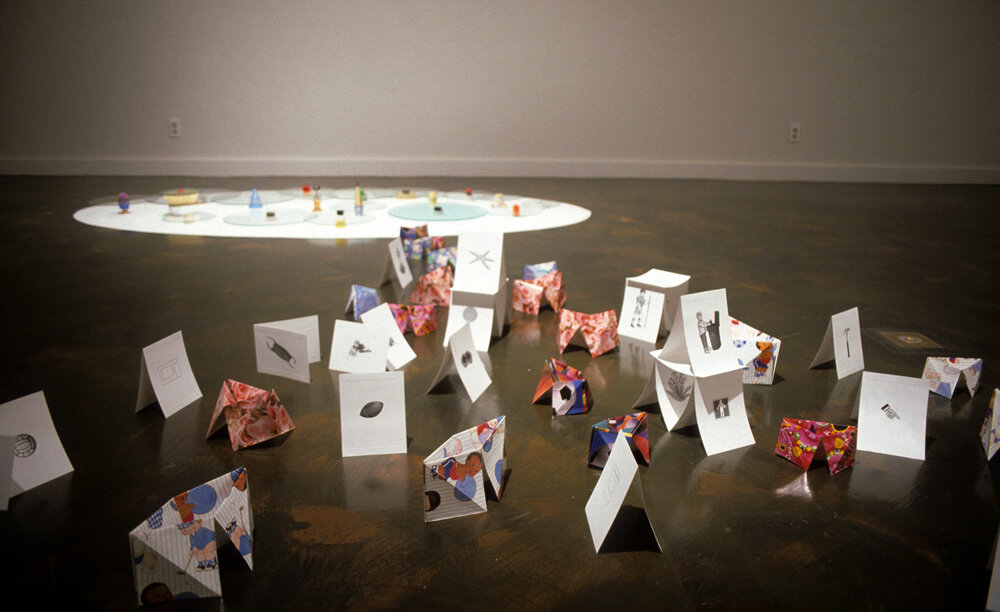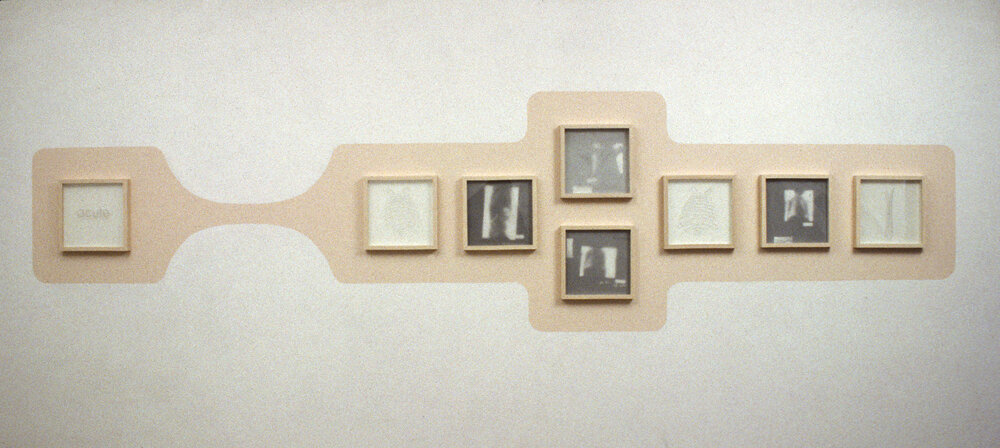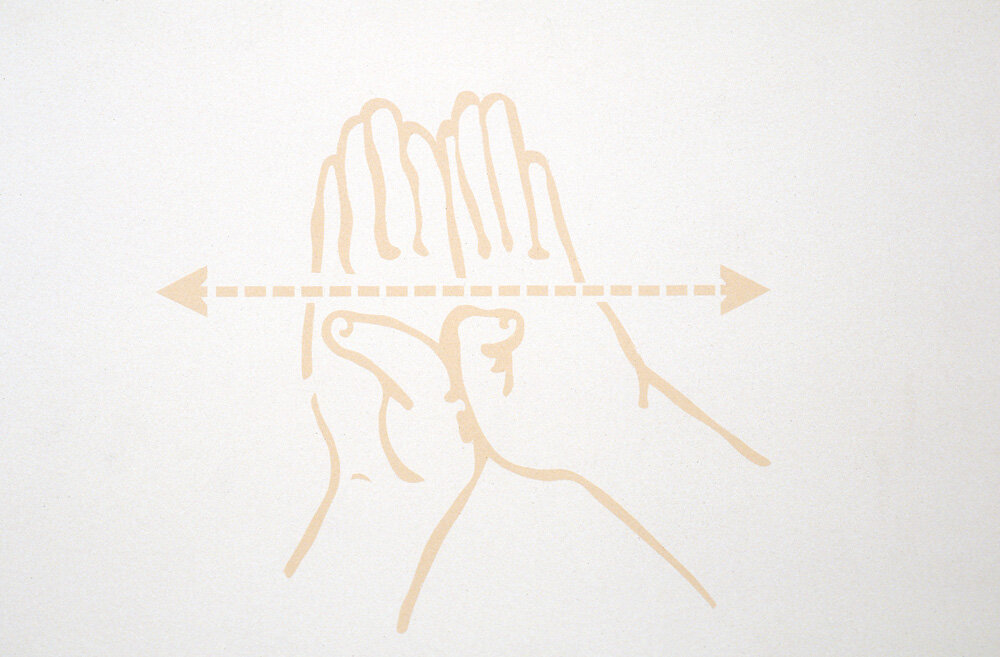Technologies of Tenderness
Susan Shantz has consistently located her sculptural and installation-based practice within the realms of corporality and transformation … In technologies of tenderness, Susan Shantz has created works which incorporate both an awkward, soft-bodied vulnerability and the smooth-surfaced geometry of systems and machines designed to support – if not nurture – those bodies. (Joanne Marion, Curator, excerpt from catalogue Introduction)
Exhibitions:
technologies of tenderness, Art Gallery of Prince Albert, SK. 2006
technologies of tenderness, Medicine Hat Museum and Art Gallery, AB 2004
Group Exhibitions (of selected works):
crib/spin in technologies of tenderness, Natalie and James Thompson Gallery, School of Art and Design, San Jose, CA. USA 2001
puzzle (set of 50 multiples), Dunlop Art Gallery, Regina, SK. 2000
;rapt (collaboration with Kathleen Sellars), Art Gallery of Greater Victoria BC, 2000
,rapt (collaboration with Kathleen Sellars), Ace Art, Winnipeg, MB, 1999
Works in Collection:
Art Gallery of Greater Victoria
Publication:
Medicine Hat Museum and Art Gallery exhibition publication (32 pages; pdf link and link to Fishten design website images: http://fishten.net/project_technologies.html)
Joanne Marion, Curator; excerpt from “Introduction”
Susan Shantz has consistently located her sculptural and installation-based practice within the realms of corporality and transformation … In technologies of tenderness, Susan Shantz has created works which incorporate both an awkward, soft-bodied vulnerability and the smooth-surfaced geometry of systems and machines designed to support – if not nurture – those bodies.
Sigrid Dahle, excerpt from publication essay, “A Long Day’s Journey: Acute Vulnerability”
…technologies of tenderness tickles and teases my fancy as mental pictures of Susan’s earlier bodies of work – hibernaculum, satiate, engorge – alternately appear and dissolve on my mind’s screen. The words “abundance,” “accumulation,” “order,” “containment,” “labour” and “elegance” spill over one another … the senses of taste and touch are as implicated as vision in Susan’s work – maybe even more so. What the logocentricism, material austerity and categorical purity of modernism and its predecessor, the Enlightenment, suppressed, stages a delicious comeback in her work, but with a reliance on serialization and repetition that hearkens back to the rhetoric of minimalism … [and] a dialectic informed by post-minimalism.



















